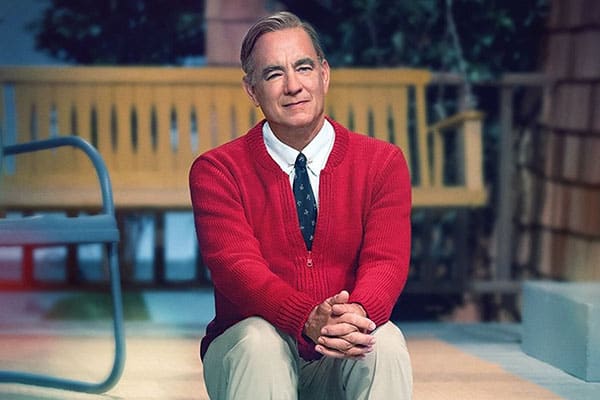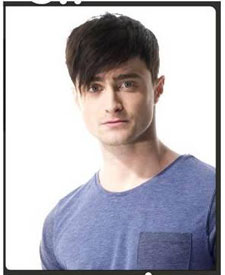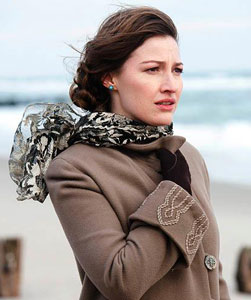
“The biggest challenge I felt portraying Fred [Rogers] was the genuineness of him. He’s not going through an extraordinary crisis; he doesn’t have a thing that he wants to make happen” – Tom Hanks
As part of Variety‘s ongoing series Variety Studio: Actors on Actors, which features two accomplished actors in discussion with one another about acting and their most recent roles, Tom Hanks spoke with Renee Zellweger about his recent performance as Mr. Rogers in the film A Beautiful Day in the Neighborhood. Hanks spoke about the challenges of portraying real-life individuals who are familiar to millions — especially when they have passed on — and how getting the subject’s look right influences the depth of the portrayal.
Unlike the living real-life figures that Hanks has previously portrayed in films like Captain Phillips and Sully, Hanks did not have the opportunity to meet Fred Rogers (who died in 2003). In order to research the way Rogers presented himself, Hanks watched copious hours of his television show. He says, “I watched 8 million hours of Fred’s program. And there was an excellent documentary called Won’t You Be My Neighbor? that is actually a companion piece, I think.”
Also unlike other real-life figures that Hanks has portrayed, he is not portraying Rogers in the midst of a major crisis. He explains, “The biggest challenge I felt portraying Fred was the genuineness of him. He’s not going through an extraordinary crisis; he doesn’t have a thing that he wants to make happen; he’s not trying to get home from the moon. He’s literally just being Fred Rogers being interviewed by a journalist.”
Of course, one of the other challenges of playing a well-known real-life figure is getting the “look” right and determining how much that will influence the rest of the performance. Regarding the makeup and wardrobe, Hanks credits director Marielle Heller on deciding not to fully transform him visually. He says, “Mari did me a great favor, because in the first meeting we had … we discussed: How deep are we going to go on this look? I got a wig, but I’ve got a very specifically shaped head, I have specific teeth — are we going to do his teeth? I have a specific nose — are we going to do his nose? How far are we going to go to reconstruct our body into these very well-known icons. And Mari said, ‘We’ll do a wig, and we’ll do some eyebrows, and that’s that.’ I said, ‘Great.’ Knowing that, that tells me where I’m going to have to make the construct of everything else.”


